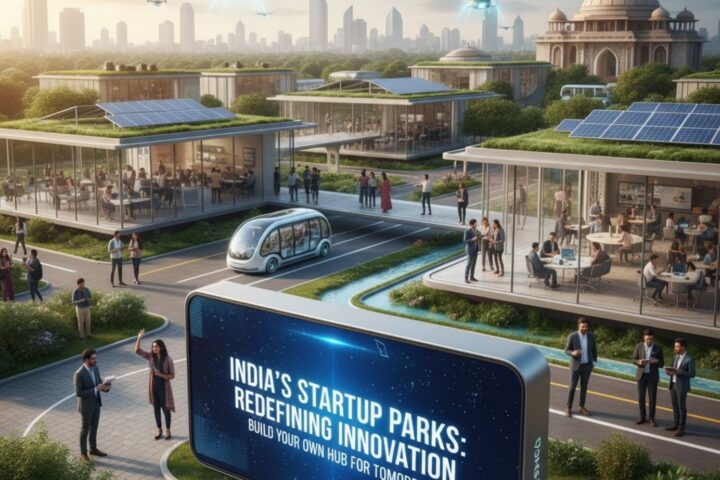Solar power works with light – or electromagnetic radiation – released by the sun. The amount of sunlight received varies by time of year and location. Solar technologies are able to capture the radiation of light and turn it into productive forms of energy.
With more and more companies transitioning to sustainable energy forms, there has never been a better time to change your energy source and do your bit for the planet. Take a look at our guide to solar panels for a better idea of how they work and whether making the switch to solar could work for you.
How Do Solar Cells Work?
Solar panels are panels made up of photovoltaic (PV) cells. When the sun shines on a solar panel, the PV cells in the panel absorb energy from the sunlight. This energy then creates an internal electrical field in the cell, creating electrical charges and thus energy flow.
PV cells mix with other components, including phosphorus and boron. As a result, they form two separate parts – one charged with negative electrons, and one charged with positive electrons.
During the exposure to sunlight, photons move electrons from the space where there is an excess of negative charge to a part where it is missing. This movement of electrons is what creates the energy.
Energy is generated as photos release electrons. Any electrons that are unused return to the negative panel – this is what makes the process renewable as it is an infinite process.
The continuous current that is produced is stored in batteries until it is converted into an alternate current via the voltage inverters.
How Do Photovoltaics Work?
Photovoltaics (PV) are one of two main types of solar energy technology. PV cells in the panel absorb energy from the sunlight during periods of sun exposure. The energy then creates electrical charges which move in the cell and cause the flow of electricity.
Individual PV cells tend to be fairly small – producing only about 1 or 2 watts of power each. In solar panels, to increase endurance, the PV cells are positioned between protective materials – usually a combination of glass and plastic.
To maximise the efficiency of PV cells, they are connected together to create panels. Panels can be used individually or connected together to form arrays. In more complete PV systems, one or more arrays are connected to an electrical grid.
PV systems use PV modules and arrays as well as mounting structures – responsible for pointing panels in the direction of the sun. Crucially, they also feature components which convert direct-current electricity produced by modules into alternating-current electricity which can power homes.
PV solar panels are one of many ways in which homeowners and consumers in the UK are taking steps to cut their household bills, with the cost of living biting a large chunk of the population.
Are There Other Types Of Solar Panels?
Another known type of solar energy is concentrating solar-thermal power (CSP). CSP systems use mirrors which reflect and direct sunlight onto receivers. These receivers then collect solar energy and convert it to heat which, in turn, can be used to produce electricity or stored for future use.
CSP technology is typically used in very large power plants to create energy on a grand scale. Through CSP, energy from the concentrated sunlight heats a high temperature fluid in the receiver. This thermal energy, or heat, can power an engine to generate electricity or spin a turbine.
There are a range of uses for CSP technology including food processing, chemical production, and mineral processing. CSP systems tend to be used for utility-scale projects in a range of different ways.









